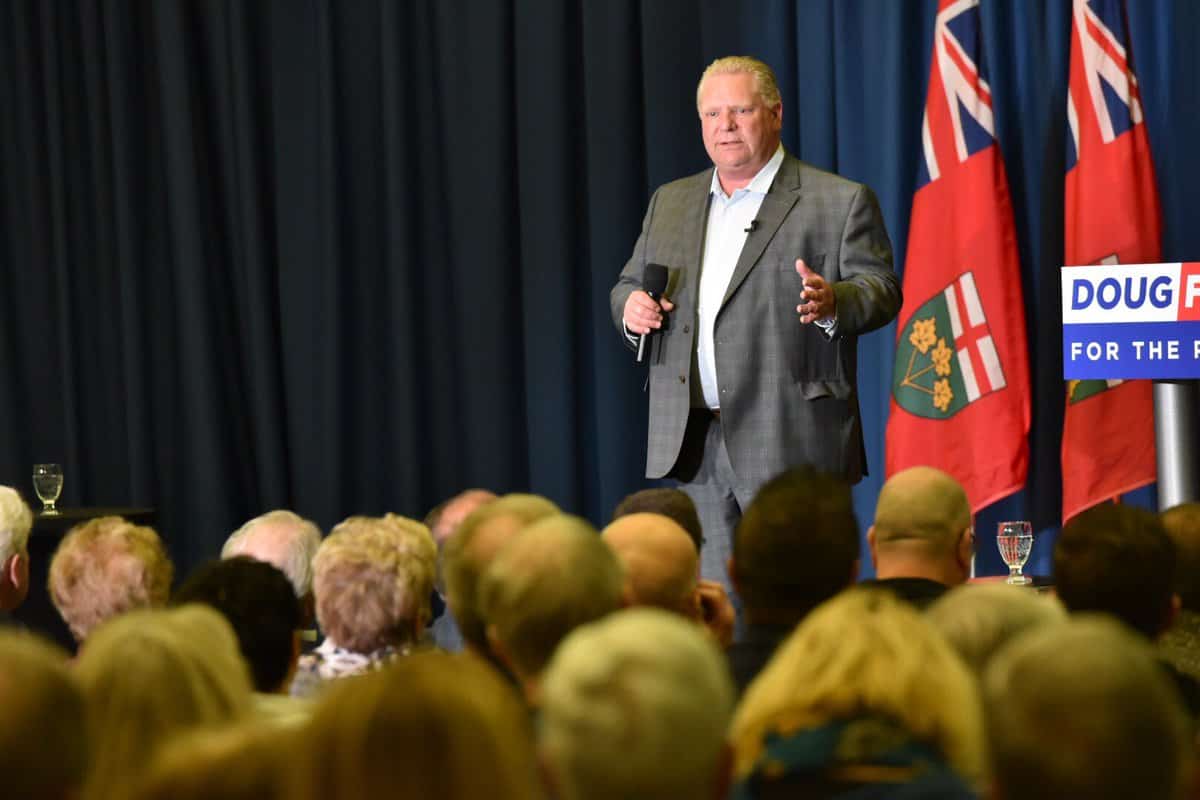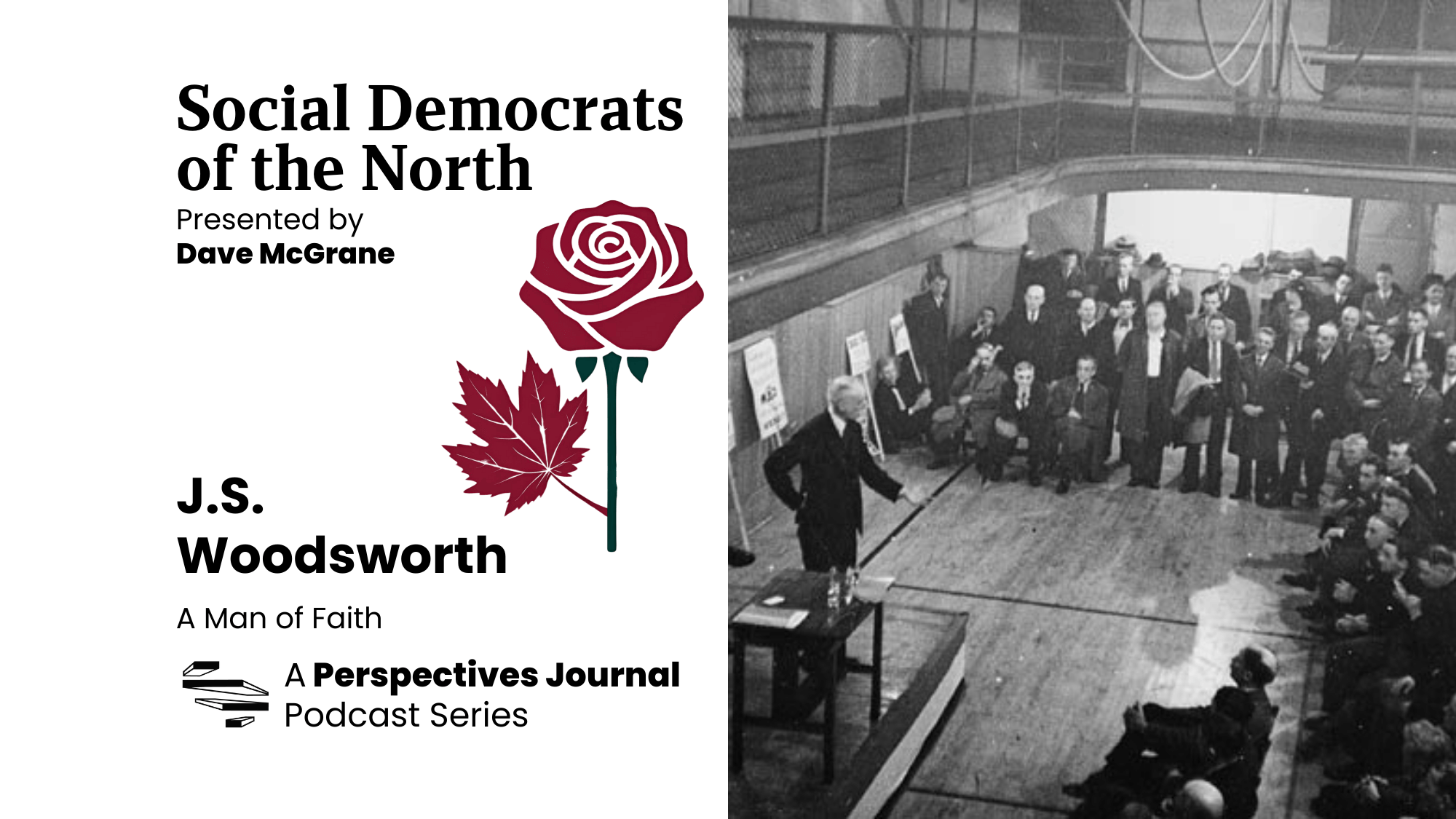The election of the new Conservative government in Ontario has been widely seen as a victory for the populist right. Certainly the new Premier, Doug Ford, claims to speak for “the little guy” in opposition to the so-called “liberal elites.” But, like Donald Trump and right-wing populists in Europe, he is likely to disappoint many of his supporters since he lacks a coherent economic strategy that will truly benefit his base.
Ford’s victory was largely due to adding a wide swath of suburban seats in the Greater Toronto Area to traditional Conservative ridings in rural and small town Southern Ontario. While downtown Toronto and the core areas of other cities such as London, Hamilton, Kitchener-Waterloo and Niagara shifted strongly from the Liberals to the NDP, the Conservatives won both affluent and lower income suburban seats from the Liberals (with the notable exception of Brampton.)
While there are many affluent, suburban seats which the Conservatives won handily (eg Oakville, Burlington), Ford also won seats in lower income suburban communities like Scarborough and parts of Mississauga. Strikingly, the Conservatives won more than 50% of the vote in Scarborough North and Scarborough Agincourt, where individual pre tax incomes average just $29,330 and $33,058 respectively. Meanwhile, the Conservatives won just 21% of the vote in affluent University – Rosedale (average income $90,236), which was won handily by the NDP.
Polling by Ekos found that Conservative support was the highest of the three parties among the least educated voters (46% of those with just a high school education) but that they trailed the NDP (33% vs 38%) among university educated voters. The NDP did better than the Conservatives among the self-defined working class and seem to have won strong labour and union support in urban and Northern Ontario. But the Conservatives clearly appealed to many lower income voters, especially men. Ekos polling also shows that the Conservatives, unlike other right-wing populist movements, attracted significant support from racialized voters.
The key point is that a major part of Ford’s base, like that of Trump, is made up of disaffected and insecure working class voters who welcomed his message that he would stand up for them against the insiders and liberal elites. He appealed to these voters with classic “pocket book” promises to cut taxes and to lower the cost of living (lower Hydro rates, a cut in gas taxes, a buck a beer) These promises seem to have resonated more strongly than the expansion of public services promoted by the Liberals and NDP, even though Ford’s promised income tax cuts would primarily benefit the upper middle-class.
Accordingly, we can expect Ford to cut public spending to free up fiscal resources to finance tax cuts. Given Ontario’s high public debt, he will likely go full throttle on privatization and contracting out of public services, and also seek to lower the wages and benefits of unionized public services workers. A major battle clearly looms between the new government and the labour movement, especially pubic sector unions.
The challenge facing the latter will be to show that the quality of needed public services will be threatened by cuts, and that public investment in areas like affordable housing, child care and transit needs to be continued and, indeed, expanded. Only the very affluent benefit from tax cuts financed by cuts to services, especially since the cost of private services like child care is so high.
What remains to be seen is whether or not Ford will embrace the Tim Hudak agenda of frontally attacking labour rights and standards, including restrictions on union political activity. Certainly there is strong support for such an agenda in the new caucus and in the right-wing think tanks, but many private sector union members likely voted Conservative, and part of Ford’s lower income, working class base is likely to support the further increase in the minimum wage to $15 per hour in 2019, and tougher enforcement of recently enhanced labour rights and standards. A guess is that Ford will seek to end provisions for equal pay for part-time workers, which have been strongly opposed by employers, but could be pushed to retain the new minimum wage standard. Certainly this will be a key initial struggle.
The other tension will be the implications of fiscal austerity and public services cuts for the living standards of low paid and precarious workers. While the latter have been told about the “gravy train” and the “lifetime” jobs of public sector professionals and so-called liberal elites, the reality is that cutting the pay and conditions of ordinary public sector workers will do nothing to raise wages and working conditions in the private sector, especially for non union workers. Instead, there will be even more competition for insecure jobs if good public sector jobs are contracted out on a large scale.
A third major tension will arise from the fiscal implications of an even more insecure and low paid job market. Part of the rationale for a higher minimum wage has been to lessen cost pressures on public programs for those on low incomes, such as income tested provincial tax credits, and to increase incentives to move from social assistance to paid work. Conservatives in the UK have increased minimum wages to cushion the impact of cuts to benefits and to help low income families escape the poverty trap.
Right-wing populists like Doug Ford try to win the support of insecure working people by posing as their friends, while attacking the labour movement and decent jobs in public services. The challenge for progressives is to show that better public services serve the interests of all, while a focus on tax cuts will mainly benefit the most affluent.





